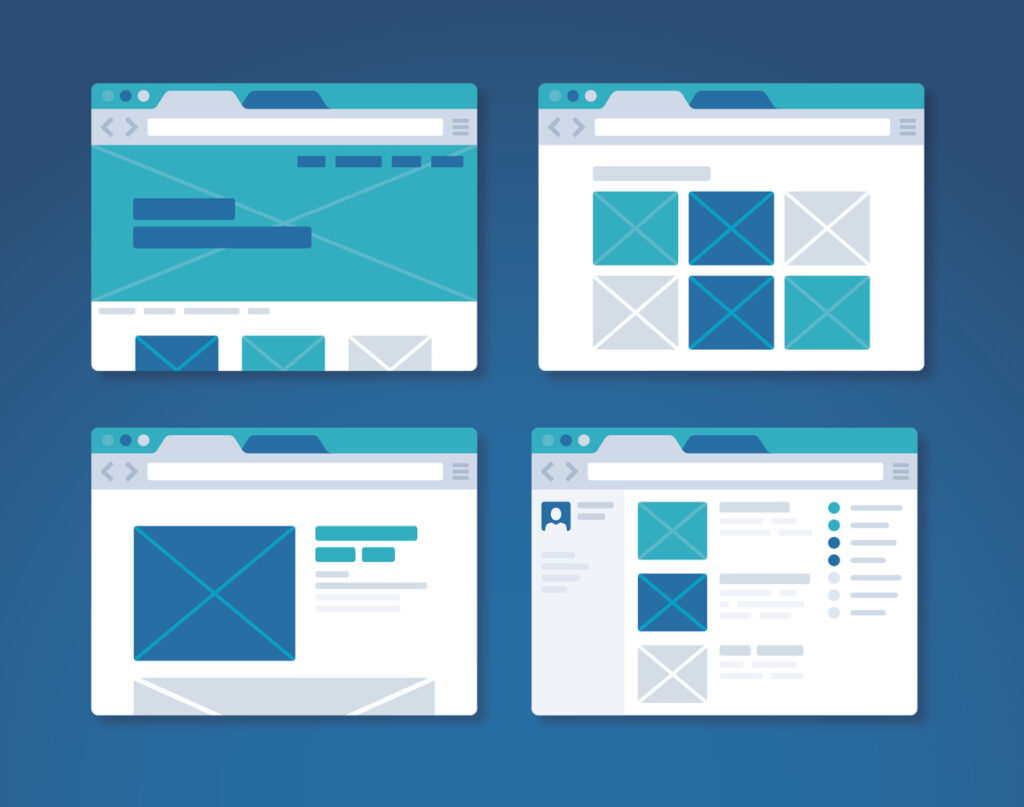
Great insurance website design can boost conversions by signaling trust and professionalism. While there are lots of solid website templates available, they can make it difficult for your business to stand out in a crowded marketplace. Custom insurance website design is a proven solution to that problem.
Table of Contents
This article will weigh the benefits of both custom and template web design and provide the important answer to the question of how to build a website for an insurance agent.
What Is a Custom Website Design?
Custom insurance website design gives your agency a unique look and feel. Developers build these websites from the ground up, tailoring them to each business’s goals and objectives.
Unlike template-made websites, a custom design gives you control over your insurance website’s appearance, functionality, and user experience.
Pros & Cons of Custom Website Design
Businesses must understand the pros and cons of custom website design before choosing the path that will work for them.
Pros:
- A custom insurance website gives you a distinct web presence that tightly aligns with your brand values and identity.
- Custom websites are flexible and scale with your business as you grow and change.
- You’ll have better functionality and a user experience tailored toward your target audience.
- Custom design allows you to focus on search engine optimization (SEO), meaning a boost in organic traffic.
Cons:
- A custom website might carry higher initial costs because it requires specialized skills to develop.
- Development times may also be longer because it’s a more involved process.
- Custom websites require more maintenance and updates. However, partnering with experienced agencies like Neilson Marketing means those duties are covered.
What Is a Template Website Design?
Template website designs are free or low-cost frameworks that can help you build your website. These pre-designed templates make web design cheap and quick and typically come with different color schemes, layouts, features, etc.
Pros & Cons of Template Website Design
Here are the pros and cons to consider when evaluating the feasibility of template web design.
Pros:
- Template website designs are typically inexpensive or even free.
- Setting up and launching your site is quick.
- Templates are user-friendly and ideal for non-technical people.
Cons:
- The generic nature of template website design hurts the uniqueness of your web presence.
- Limited customization options can hinder your SEO efforts and overall website user experience.
- A lack of functionality means compromising on exciting features. What’s more, templates can struggle to scale with your business.
- Many templates feature bloated code, which reduces page speed and negatively affects SEO.
Comparing Custom and Template Designs
Choosing between a custom insurance website and its template equivalent requires a few considerations. Here, we will provide four primary comparisons to help you choose the right option for your insurance business.
Cost Considerations
Template designs are often cheap or free. As such, they carry a low initial cost for your insurance business. However, as you add plugins or extra functions, the costs can increase. Typically, these additional costs require subscriptions, which can quickly add up.
On the other hand, custom designs require extensive design and development, increasing the upfront cost. These sites are highly customizable, and maintenance costs are pretty reasonable.
Budgeting tips
- Weigh short-term versus long-term costs. Focusing on the short term can ultimately be more expensive.
- Determine which website features are essential for your business, and work your budget around them.
- Research web developers and get quotes. However, beware that the cheapest option won’t always be the best.
Time and Resource Investment
Template websites help you get your site off the ground quickly. If you need to launch yesterday, templates are effective because developers have already performed the lion’s share of the work.
In contrast, custom websites take weeks or months to launch. However, as they say, you can’t rush perfection. So consider that time an investment that will pay off with a better user experience and website look and feel. Some of the resources required to build a custom website include time spent communicating your requirements, plus the work of designers, developers, and project managers.
Customization and Flexibility
Website template designs offer limited customization and flexibility beyond color, fonts, text, and layout changes. Additionally, these templates can be too restrictive to accommodate the unique needs of your insurance website. These are some of the most significant drawbacks of choosing templates.
A custom website allows you to build the web presence you want. With total design flexibility, you can ensure your site matches your brand and offers clients the user experience they deserve.
Functionality and User Experience
Template designs are generic, which can affect the perception of your brand. This rigidity may hurt the leads and conversions you get from organic traffic. Furthermore, while templates might allow add-ons and plugins such as quote forms or claim submission features, these extras might be overly basic or, in some cases, unstable.
A custom website allows you to build sites tailored to your target audience. That means more visual appeal, conversion-focused layouts, and a better user experience. Finally, regarding insurance or company-specific features, you can dictate what functionalities you need and how they look and perform.
Deciding Factors for Insurance Agencies
Deciding whether you need a custom insurance website involves several factors. Let’s explore the primary factors to consider.
Agency Size and Budget
Smaller insurance agencies may not have the budget to build a custom website. However, many larger insurance agencies won’t be able to afford to neglect a highly tailored user experience.
Business Goals and Needs
Your business objectives may also influence your decision between a custom insurance website and a generic template. For example, prioritizing brand building and lead generation requires an optimized website that supports your objectives.
Planning for Future Expansion
Insurance agents who want to grow or scale their business will benefit from the flexibility of a custom website.
Choosing a Design That Supports Long-Term Goals
A custom insurance website gives you a competitive advantage through superior user experience and website functionality.
Conclusion
While a custom insurance website comes with initial resource costs, insurance agents should see this expenditure as an investment in their business. In a competitive marketplace, outworking your rivals is decided on tight margins. So, do your research and make a choice that will benefit your business and prospects over the long term.
Contact Neilson Marketing for expert website design services and a free consultation.
FAQ
What are the main differences between a custom and template website design?
Custom website designs are built from scratch, tailored specifically to the insurance agency’s brand and needs. They offer unique aesthetics, functionality, and user experiences. In contrast, template designs are premade layouts that provide quick setup with limited customization options.
How can a custom insurance website design help build brand identity?
Custom designs allow insurance agencies to incorporate their brand colors, logos, and unique messaging consistently across the website. This cohesive branding enhances recognition and trust among visitors, distinguishing the agency from competitors.
What factors should insurance agencies consider when deciding between custom and template designs?
Key factors include budget, scalability, customization needs, and long-term goals. Custom designs require a higher upfront investment but offer greater flexibility and growth potential. Templates are cost-effective for initial setup but may limit customization and scalability over time.
Which design option offers better SEO opportunities for insurance websites?
Custom designs typically offer better SEO opportunities because they allow for optimized code, tailored content strategies, and enhanced user experience — all critical factors for improving search engine rankings. Templates, while efficient, may lack SEO flexibility and optimization capabilities.
What are the typical costs associated with custom and template insurance website designs?
Custom designs involve higher initial costs due to bespoke development and design work. Ongoing maintenance and updates are also factors. Templates are often free or low-cost initially but may incur additional costs for plugins, customization, and premium features.
